Search result
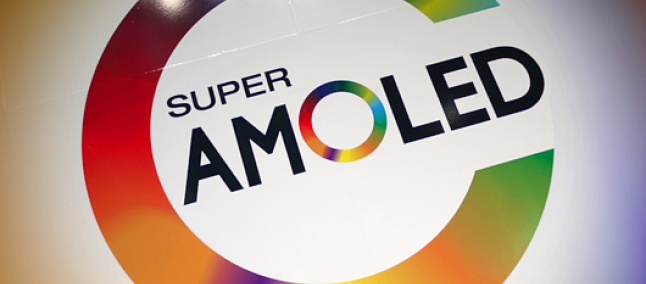
Recently, the Wall Street Journal (Chinese Edition) has published a piece about a new business contract between Apple and Samsung. According to their source in South Korea, the 3-year contract requires Samsung to supply OLED smartphone panels to Apple for upcoming iPhones in 2017 and beyond. Although the rumor regarding this contract has been around for a while now, this adds new credibility to it. Arguably, Apple is still talking with JDI, LG, Sharp and AUO before the deal becomes final.
The article adds previously unknown details by stating that this order involves production and supply of about 100 million 5.5-inch AMOLED displays that are possibly meant to be used in the iPhone 7s. Judging by Apple's current trend of reserving the larger 5.5-inch panels for their "Plus" models, chances are that these will be used to make the iPhone 7s Plus rather than the regular 7s. Whether they will still be calling it "7s Plus" or not, remains to be seen.
Previously, famous Apple analyst Ming-Chi Kuo had stated that Apple will not be releasing any OLED phones before 2018, but he has changed his opinion in light of the new situation. Now, Kuo is of the opinion that Apple will release at least one version of its future iPhones in 2017 with an OLED display. Rumors and predictions also suggest that Apple could be going back to the glass-metal design of the iPhone 6 and it is perhaps for the best.
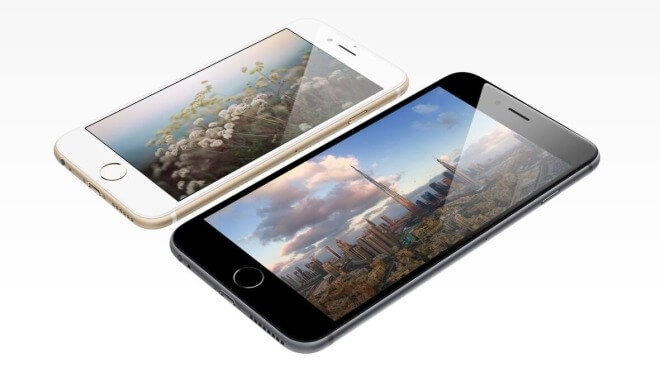
Lately, we have been hearing a lot about OLED panels for future iPhones and from what we have heard, Apple will make the switch to OLED from IPS somewhere around 2018. While that date may seem far away, preparations have probably started as we are talking about the iPhone here!
The truth is that as far as OLED panels are concerned, there aren't a lot of manufacturers that can produce these displays on massive scales. It was thought before that although Samsung is the biggest name in OLED production, Apple might approach JDI or Japan Display Inc. for the supply. The rumors were based on the fact that Apple and Samsung are not exactly on "friendly" terms anymore.
A new set of rumors however, point out that the Korean giant is going to invest anywhere between $6.64 billion to $7.47 billion very soon into their panel production wing. Furthermore, the rumors also state that in 2016 itself, a sum of $2.49 billion to $3.32 billion is going into Samsung's OLED production process. Supposedly, this would bump up the production rate to 30,000 - 40,000 sheets on a monthly basis. An additional $4.17 billion will be invested next year for ensuring 45,000 units are manufactured monthly.
As far as rumors go, these massive numbers are the results of a contract between Samsung and Apple that has already been signed. This is what we have heard so far, but as always, take the "leaks" and "findings" with a pinch of salt as nothing has yet been officially declared.
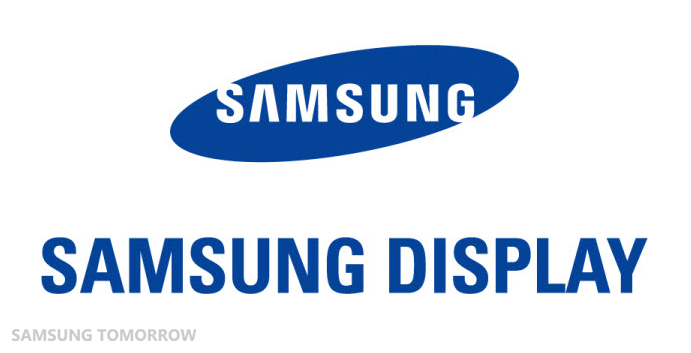
For those of you who don't know it already, Samsung Display is a division of Samsung Electronics that supplies panels to multiple manufacturers all over the world. Their clientele includes Apple, Huawei, Oppo, Vivo and of course, Samsung's own internal departments. Apparently, Samsung Display's recent flexible OLED sales to the aforementioned Chinese OEMs have reached brand new heights as this sub-division of the South Korean giant is boasting of a sales figure that amounts to a sum of over 1 billion USD in Q3, 2016. The fact that ONLY Samsung Display makes the 6th-gen A3 flexible OLED panels is largely responsible for the impressive sales number.
In a report by IHS Market, both the small and mid-sized display business is dominated by Samsung Display with an astounding market share of 96.2% in Q3, 2016. In the entire display business, Samsung maintains the lead with a share of 31.8%, while Japan Display Inc. (JDI) comes in as a distant second and a market share of 15.4%. LG is at the third position with a respectable 13.1% share of the business.
Saikat Kar (tech-enthusiast)
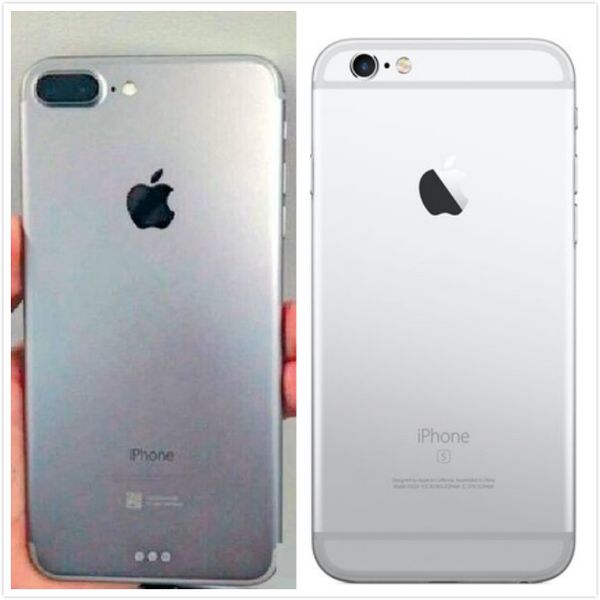
Reports from Nikkei suggests that Apple might be striking deals with the two Korean giants, Samsung and LG. Apparently, Apple is looking to buy OLED panels on a massive scale and as a result, they are looking to these manufacturers for providing them with that. If Nikkei is to be believed, then the deals could amount to a total of $12 billion and we could be seeing the first OLED iPhones by 2017.
Provided Apple does not break its previous streak of releasing iPhones that they have followed for the last eight iterations, then we will see the iPhone 7 later in 2016. This would ideally make the iPhone 7s the first Apple phone to sport an OLED panel according to the information we have now. However, this is a prediction made by taking a lot of things for granted and things do not always pan out that way.
Although OLED panels are more expensive than regular LCD panels used in most smartphones nowadays, Samsung had been using their own brand of AMOLED screens for years now. OLED displays offer inky blacks and punchier colors that just look more vivid than even the best of the IPS panels. It is too early to tell for sure, but it seems like after Apple's sales failed to show a significant improvement in 2015, the company is looking for ways to renovate their iPhones.
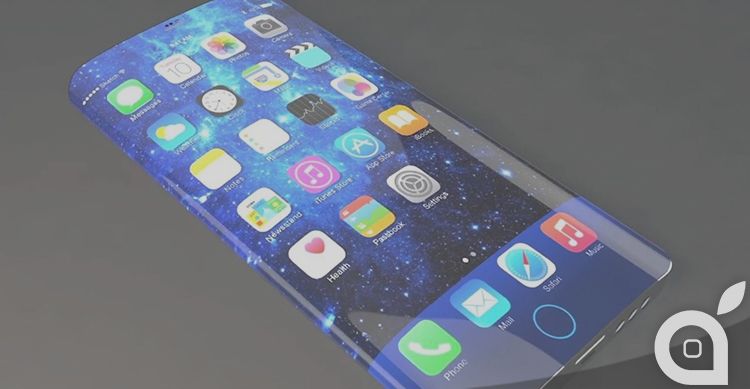
According to market analysts like JPMorgan Chase, Apple has ordered OLED panels in huge quantities, as made evident from the company's 10-K filing. The orders amount to a total of $4 billion approximately, with Samsung being the number one beneficiary, followed by JDI and Sharp.
The multi-billion dollar purchase orders are extended over the period of an entire year and the popular consensus is that the panels will be used to construct the iPhone 8's display. Manufacturing costs associated with OLED panels have come down drastically in the last year or so, to the point where they can actually be cheaper to produce than the LCD panels, when manufactured on a large scale. Therefore, it only seems logical that Apple will shift towards OLED which offers better colors, deeper blacks and even greater power-efficiency, as compared to LCD.
In other news, Apple has patented an AR mapping tech which will provide the user with real-time augmentation with his/her surroundings while using the concerned application. Wireless charging could also be included in the iPhone 8, provided that Foxconn manages to iron out the kinks in its Energous WattUp tech that can be used to charge a smartphone from as far as 15 feet!
Saikat Kar (tech-enthusiast)
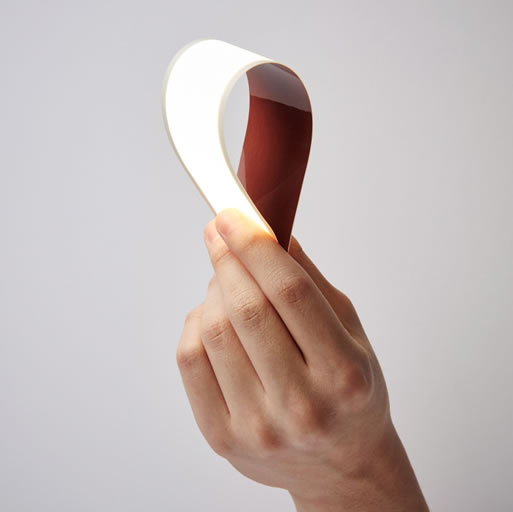
LG is pushing the boundaries of flexible OLED Displays technology due to the market's ever-increasing push towards curved display technology. Naturally smartphones are among the first adopters and LG is at the forefront of innovation when it comes to curved technology. After the LG G Flex 2 was unveiled at CES 2015 in became abundantly clear that the Korean manufacturer intends to further develop bendable display technology and is investing in its future.
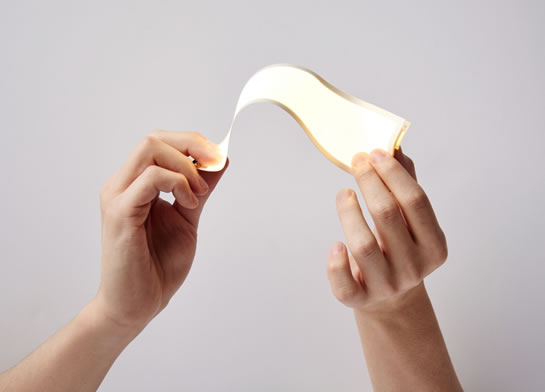
And while the P-OLED panel in the G Flex 2 is mighty impressive, LG will not be stopping there and a new reports hint toward ongoing development of a truly flexible screen and even early units already available. This is achieved by a whole new plastic OLED technology that LG claims is better than current curved screens in every possible way.
The way LG Chem plans to revolutionize bending displays is through a new manufacturing technology. The current generation bendable OLED panels, like the one inside the G Flex 2 feature a thin glass substrate. This allows for a certain level of flexibility, but limits the bending angle to 75mm. Next generation displays will be created using plastic for a more than double decrease in the bending radios, set at about 30mm. What this means in plain terms is that the new panel can be bent in a lot points, which can be as little as 30mm apart.

The highly-bendable P-OLED units have 75lm brightness, 60lm/W efficiency, 3,000k color temperature and CRI over 85, which is adequate by today's standards. LG has announced that panels are already available for testing and engineering purposes and can be purchased for $450. Mass production is set for July 2015, which is not that far away.
© 2023 YouMobile Inc. All rights reserved






